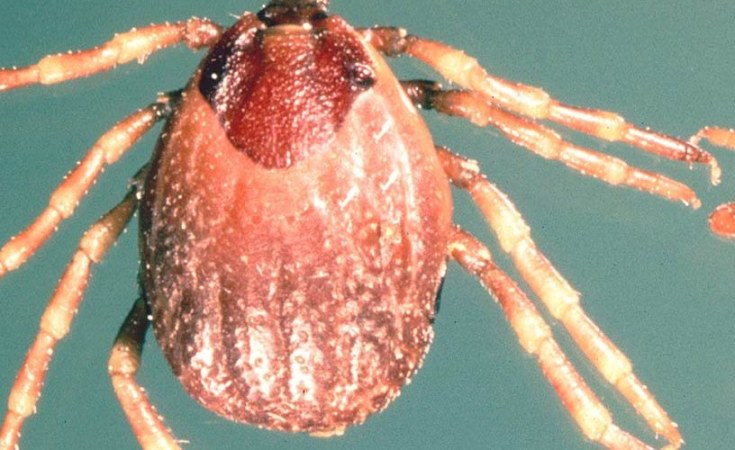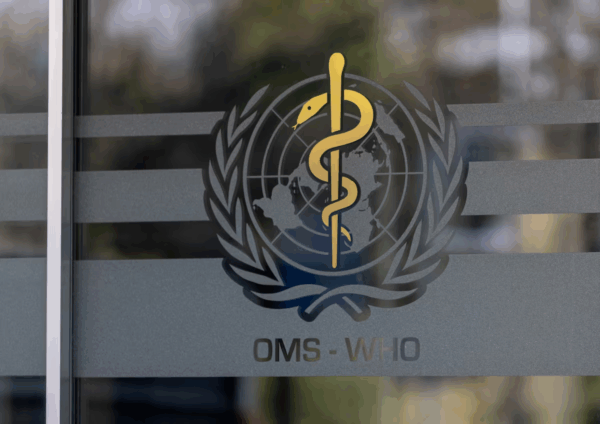Deadly Congo Fever Outbreak Confirmed in Namibia, Posing Travel Concerns

Namibia has confirmed an outbreak of the deadly Crimean-Congo haemorrhagic fever (CCHF), as announced by Minister of Health and Social Services, Esperance Luvindao. This confirmation follows the death of a patient in Windhoek who tested positive for the disease last week. The patient was admitted to a Windhoek health facility on 18 November with CCHF-consistent symptoms and passed away the following day. Laboratory results subsequently confirmed the presence of the virus, and the ministry has extended its condolences to the grieving family.
Minister Luvindao stated that this single laboratory-confirmed case meets the World Health Organisation's criteria for declaring an outbreak. This is due to CCHF's high fatality rate and its potential for rapid spread, necessitating urgent intervention. While urging the public to remain calm, she assured the nation that the ministry is implementing all necessary measures to contain the virus's spread.
CCHF is identified as a severe viral haemorrhagic fever primarily transmitted through bites from infected ticks, particularly those of the Hyalomma species. Transmission can also occur through human contact with infected livestock, or contaminated animal blood and tissue during slaughtering and butchering processes. The ministry further cautioned about the possibility of human-to-human transmission, which can happen via contact with infected blood or bodily fluids, especially in healthcare environments where proper infection prevention measures are not adhered to.
Namibia has a history of CCHF outbreaks, with recorded cases between 2016 and 2023 resulting in seven infections and four deaths, indicating a significant fatality rate of 57%. The symptoms of CCHF often appear suddenly and can include fever, muscle pain, dizziness, headache, sore eyes, and sensitivity to light. Some patients may also experience nausea, vomiting, diarrhoea, and abdominal pain. In severe cases, the illness can progress to bleeding and organ failure.
A critical challenge with CCHF is the absence of a vaccine or specific cure. This makes early diagnosis and intensive supportive care paramount for improving patient survival rates. In response, the ministry has issued heightened precautions, particularly for individuals such as farmers, livestock workers, and those residing in tick-infested areas.
Public health advice includes wearing protective clothing when traversing grassy or bushy areas and regularly checking clothing and skin for ticks after outdoor activities. Farmers are encouraged to routinely treat livestock to control tick infestations and to avoid areas known for high tick activity, especially during peak tick seasons. Individuals involved in handling animals or working in abattoirs are advised to wear gloves and protective gear during slaughtering and butchering, and to treat or quarantine animals for at least two weeks prior to slaughter to minimize tick loads.
To prevent person-to-person transmission, the ministry recommends avoiding close contact with individuals suspected or confirmed to have CCHF, practising strict hand hygiene, and utilizing protective equipment like gloves when caring for sick individuals or when exposed to bodily fluids. Minister Luvindao affirmed that the ministry is closely monitoring the situation and collaborating with relevant partners to enhance surveillance and ensure health facilities are adequately prepared. Individuals experiencing CCHF symptoms, particularly those with recent tick bites or close contact with animals, are strongly urged to seek immediate medical attention. The ministry will provide further updates as the situation develops.
You may also like...
Cinema Sensitivity and the Nigerian Reality: Why The Herd Divides Viewers

A commentary on the controversy surrounding the Nigerian film “The Herd,” examining calls for its ban over alleged ethni...
The Ancient African Calendar That Existed Before the Gregorian Calendar

Have you heard about the Ethiopian calendar? its astonishing accuracy and scientific brilliance, it is an ancient Afric...
Do Africans Abroad Owe the Continent Anything?

Do Africans abroad owe the continent and those back home anything? A bold and reflective social commentary exploring whe...
African Giants Secure World Para Championships Berth!
)
Nigeria and Egypt emerged as the dominant forces at the 2025 ITTF-Africa Para Championships in Giza, securing multiple g...
NBA Showdown Explodes: Suggs Ejected, Five Technicals in Fiery Magic-Sixers Clash!

Orlando Magic's Jalen Suggs was ejected from a game against the Philadelphia 76ers after a heated altercation involving ...
HBO Max Unlocks ‘Chespirito’ Universe with New Series, Teases ‘Like Water for Chocolate’ Season 2

HBO Max Latin America unveils a robust 2026 content slate, building on past successes with new series inspired by Chespi...
Apple TV Blasted! Major Thriller Series Pulled Days Before Premiere Over Plagiarism Scandal

Apple TV+ has abruptly removed its upcoming French thriller, <em>The Hunt</em> (Traqués), from its December lineup due t...
Summer Walker Dominates: R&B Queen Achieves Historic No. 1 Album Trilogy

Summer Walker's new album, "Finally Over It," has debuted at No. 1 on Billboard’s Top R&B/Hip-Hop Albums chart, achievin...




